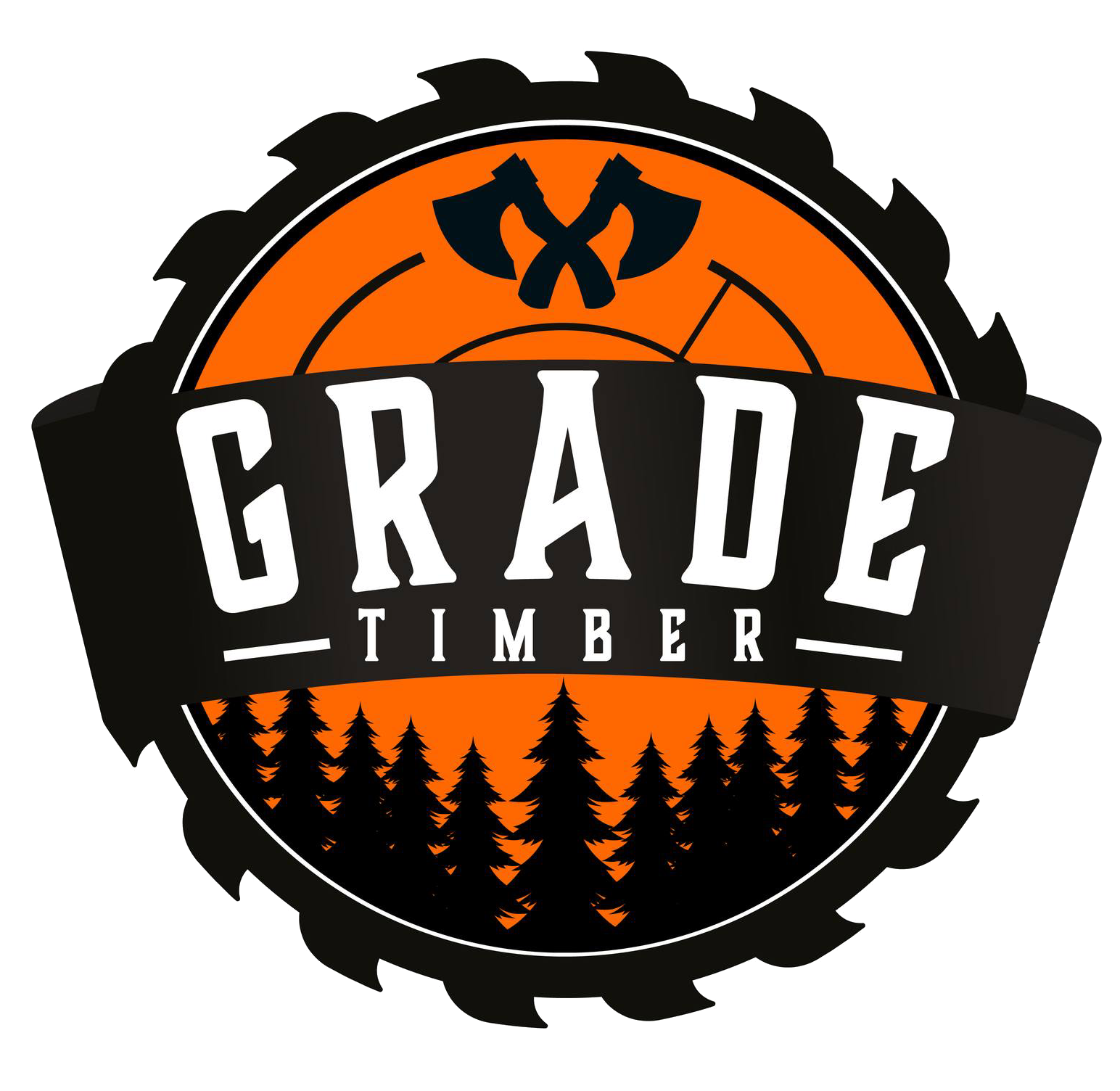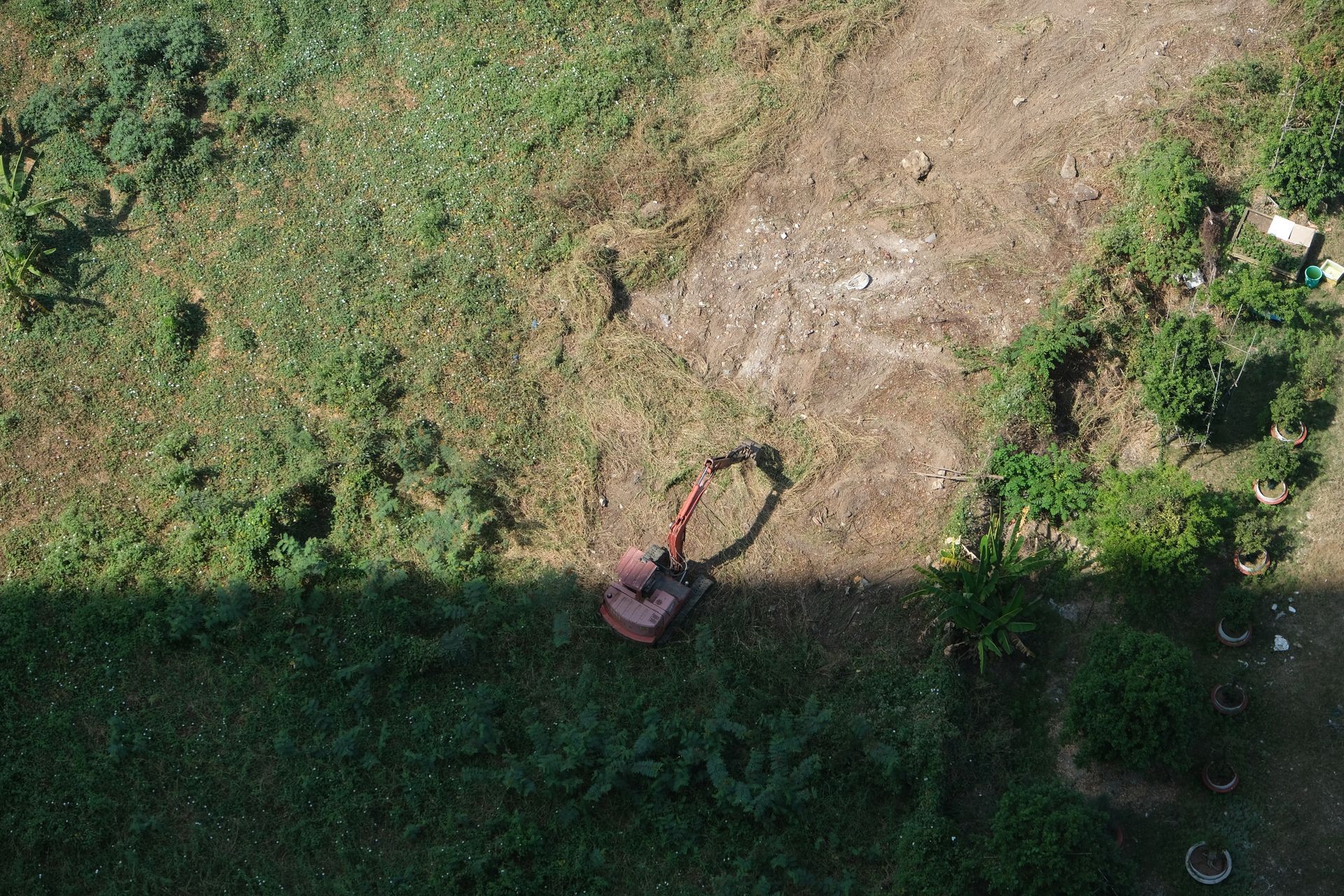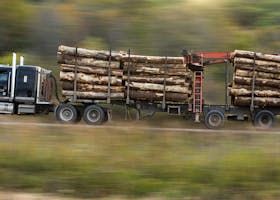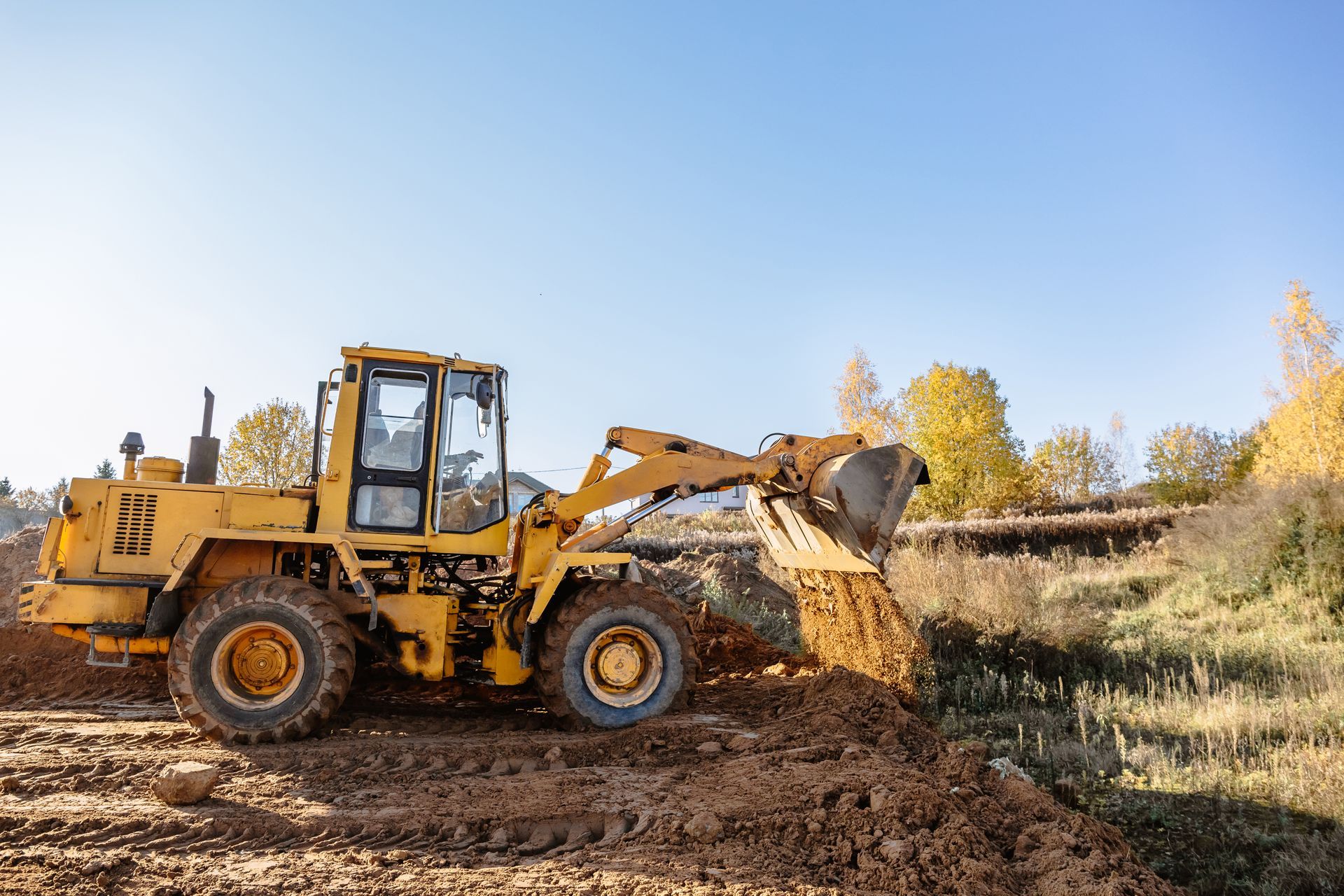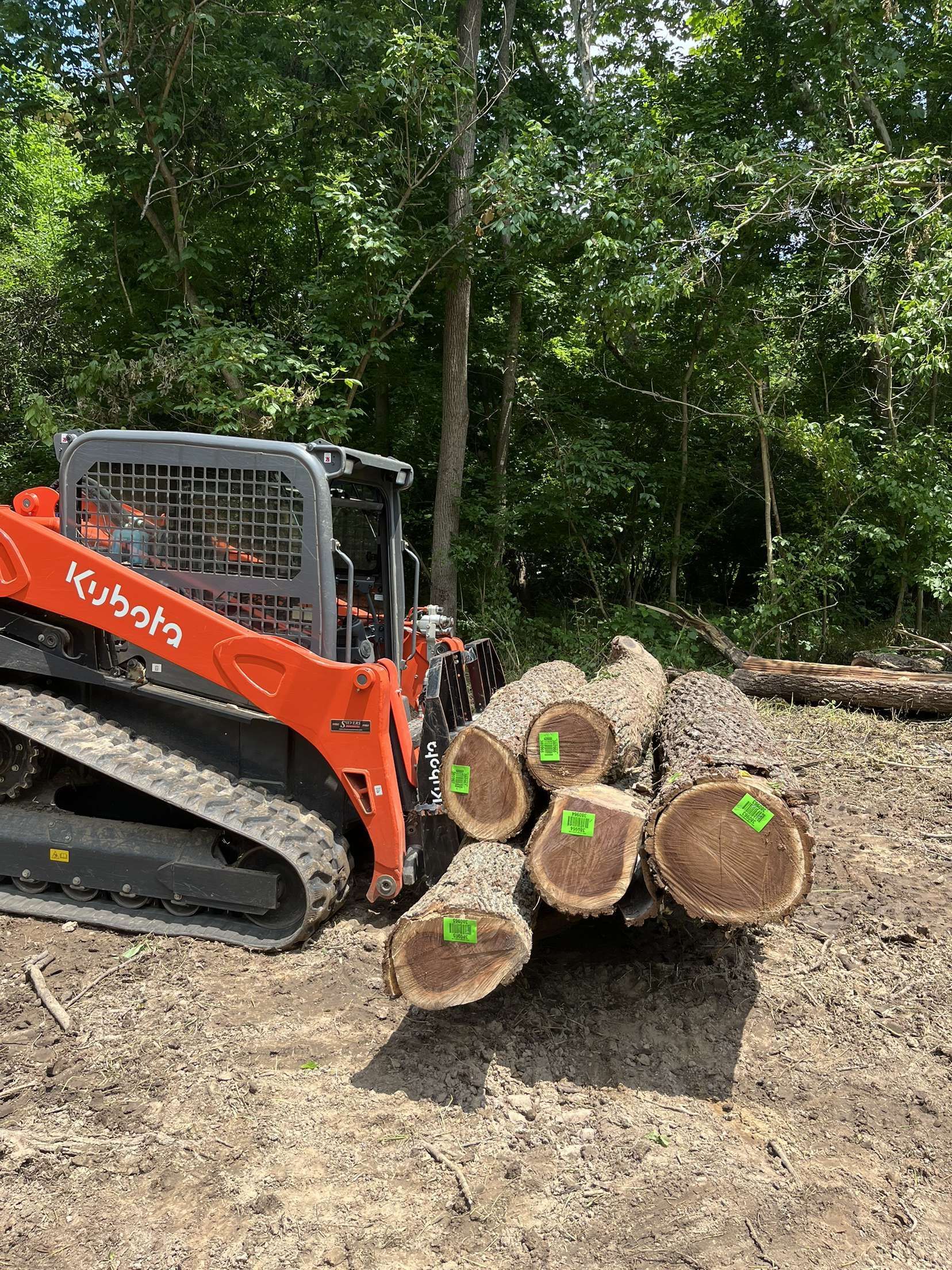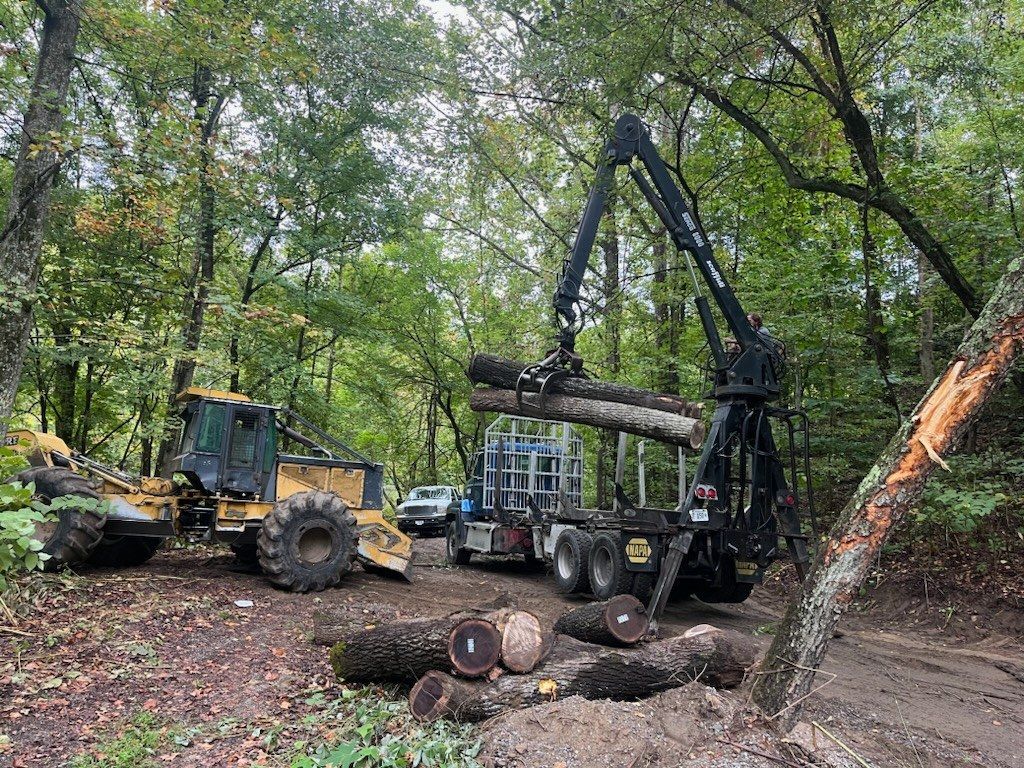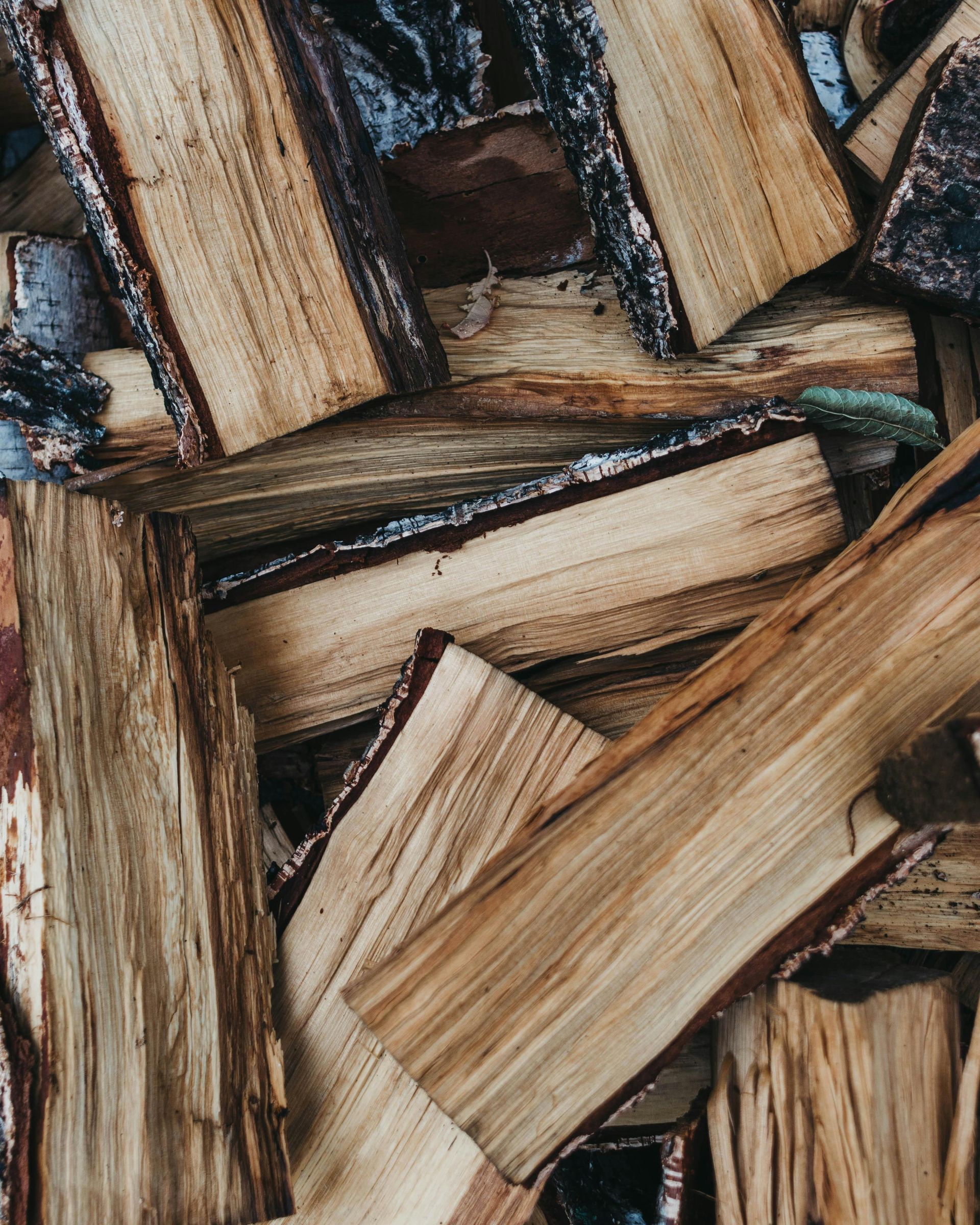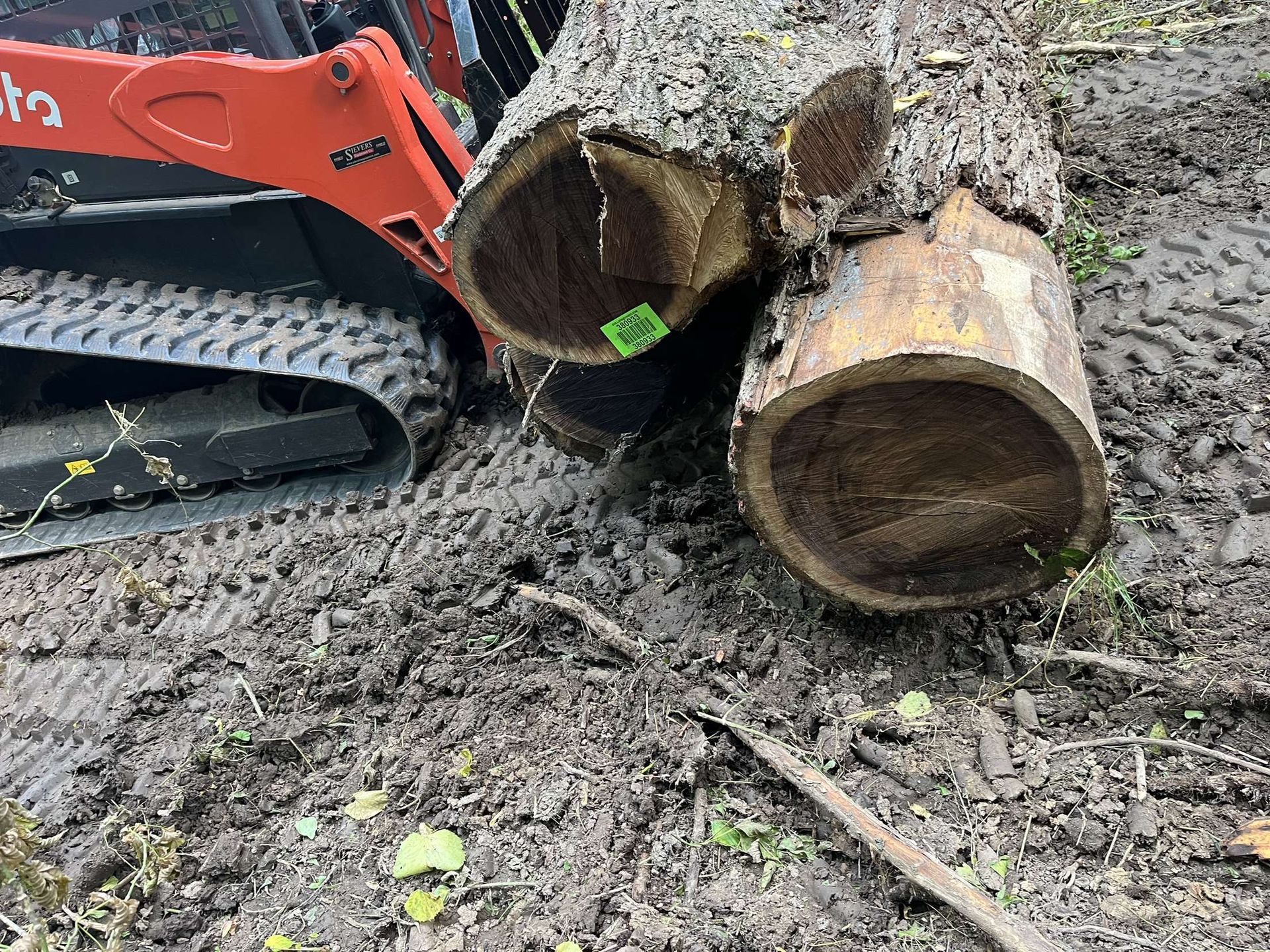Post-Logging Land Management: Regenerating Walnut Groves for Future Harvests
For Illinois landowners, harvesting black walnut trees (Juglans nigra) can yield significant profits, with 2025 stumpage prices averaging $1,628 per thousand board feet (MBF) and veneer-grade logs reaching up to $3,650/MBF. However, logging leaves a lasting impact on your land, from soil compaction to altered ecosystems. Without proper post-harvest management, you risk erosion, reduced fertility, and diminished future yields in Illinois’ walnut-rich regions, such as the Mississippi River bottoms or Shawnee Hills. Sustainable land management ensures long-term health, supports regeneration, and secures your legacy for decades. This comprehensive guide from GradeTimber.com details soil restoration, replanting hybrid walnuts, and pest control strategies tailored for Illinois landowners. Targeting SEO-friendly searches like “land management after logging walnut trees in Illinois” or “regenerating black walnut groves,” this post attracts those planning for future harvests while reinforcing our authority in holistic timber stewardship. By following these steps, you’ll maintain productive groves and comply with state guidelines from the Illinois Department of Natural Resources (IDNR).
Assessing Post-Harvest Site Conditions
Logging disrupts soil structure, vegetation, and wildlife habitats in walnut groves. In Illinois, where loess and till soils dominate, compaction from heavy equipment can reduce water infiltration by 20-30%, increasing erosion risks with the state’s 38-inch annual rainfall. Walnut-specific challenges include juglone residue, a toxin from roots and husks that suppresses regrowth, and openings that invite invasive species like bush honeysuckle.
Initial Assessment Steps:
● Soil Health: Test for compaction using a penetrometer; ideal penetration resistance is below 300 psi. Check pH (walnuts prefer 6.0-7.5) and nutrient levels (nitrogen, phosphorus, potassium).
● Site Disturbance: Map skid trails (should cover <15% of site), ruts, and slash piles. Identify erosion on slopes, common in southern Illinois.
● Vegetation and Wildlife: Note invasive species and wildlife activity (e.g., deer browse). Walnut groves support over 200 species, including endangered Indiana bats.
Engage an IDNR forester for a free post-harvest evaluation to guide restoration. A 2023 case in central Illinois showed proactive assessment reduced recovery time by 2-3 years.
Soil Restoration Techniques
Restoring soil health is critical to prepare for walnut regeneration, especially in Illinois’ variable soils.
● Decompaction: Use subsoilers or rippers to break up compacted layers, improving root penetration. Work to 12-18 inches deep on skid trails. Avoid wet conditions to prevent further damage.
● Nutrient Replenishment: Apply lime to adjust pH if below 6.0, and add organic matter via cover crops like clover or ryegrass. These fix nitrogen and reduce erosion by 40%. Slash (branches and tops) can be chipped and spread as mulch to retain moisture.
● Erosion Control: Install water bars or silt fences on slopes exceeding 5%, common in Shawnee National Forest areas. Seed disturbed areas with native grasses like
switchgrass, which stabilize soil within 6-12 months.
● Riparian Buffers: Maintain 100-foot buffers along streams to filter runoff, per IDNR guidelines.
The Natural Resources Conservation Service (NRCS) offers cost-share programs like EQIP, covering up to 75% of restoration costs. A southern Illinois landowner restored 20 acres post-harvest, reducing erosion by 35% with these methods.
Replanting Hybrid Walnuts for Future Harvests
Walnuts regenerate naturally via nuts, but deliberate replanting with hybrids ensures faster growth and higher yields. Hybrids, developed from crosses like Juglans nigra x regia, resist diseases and mature in 30-50 years versus 50-75 for native stock.
● Seedling Selection: Choose grafted or improved hybrids from nurseries like Stark Bro’s, certified for Illinois conditions. These offer straighter boles and higher veneer potential. Source from local suppliers to match regional climate.
● Planting Strategy: Plant in spring at 10x10 foot spacing (436 trees/acre) in gaps larger than 1 acre for sunlight. Use tree tubes or mulch to suppress weeds and juglone effects. Interplant with companions like white oak or yellow poplar to diversify and stabilize soil.
● Site Preparation: Clear competing vegetation and scarify soil to aid germination. Apply compost to boost fertility. University of Illinois Extension reports 94-99% survival with 5-7 years of weed control.
● Maintenance: Thin to 100 trees/acre at 8-15 years, pruning for clear boles. Protect against deer with fencing or repellents, as browse can reduce survival by 20%.
A western Illinois landowner replanted 200 hybrid walnuts, achieving 90% survival after three
years with EQIP-funded tubes.
Pest and Disease Control Post-Harvest
Walnut groves face pests and diseases that threaten regeneration, especially in Illinois’ humid climate.
● Thousand Cankers Disease (TCD): Caused by a fungus spread by walnut twig beetles, TCD is a growing concern. Monitor for wilting leaves or cankers on branches. Illinois enforces quarantines in affected counties; check IDNR for updates. Remove infected trees and avoid moving walnut wood.
● Invasive Plants: Post-logging openings invite garlic mustard and bush honeysuckle. Use targeted herbicides (e.g., glyphosate) in spring, avoiding beneficial natives.
Hand-pull small infestations.
● Deer and Rodents: Deer browse seedlings, while rodents eat nuts. Install 5-foot tree tubes or use repellents like Plantskydd. Fencing costs $2-4 per linear foot but boosts survival.
Regular monitoring—twice yearly—prevents outbreaks. Extension workshops offer pest identification training.
Integrating Wildlife and Biodiversity
Walnut groves support diverse wildlife, including turkeys and bats. Enhance habitats by:
● Retaining Snags: Leave 4-6 dead trees per acre for nesting.
● Planting Mast Species: Add pawpaw or persimmon for food sources.
● Avoiding Sensitive Seasons: Schedule restoration outside April-July to protect nesting/fawning.
These steps align with Forest Stewardship Council (FSC) certification, boosting market appeal.
Long-Term Management and Incentives
Develop a forest management plan with IDNR foresters to guide regeneration and qualify for tax breaks under the Forestry Development Act. Regular maintenance includes:
● Monitoring: Check soil and seedling health annually. Use apps like iNaturalist for plant ID.
● Thinning and Pruning: At 10-15 years, thin to promote growth; prune for veneer quality.
● Funding: NRCS’s EQIP and Conservation Stewardship Program cover costs for planting and fencing.
A central Illinois landowner regenerated 30 acres, increasing timber value 25% over a decade with these practices.
Resources for Illinois Landowners
● IDNR Forestry: Free management plans and pest alerts.
● Illinois Forestry Association: Workshops on reforestation.
● Extension Guides: Soil and planting resources.
● NRCS Programs: Funding for restoration.
Effective post-logging management ensures Illinois walnut groves thrive for future harvests. Grade Timber supports your legacy with expert guidance—download our free Post-Harvest Land Management Guide and contact us to start regenerating your land today.
